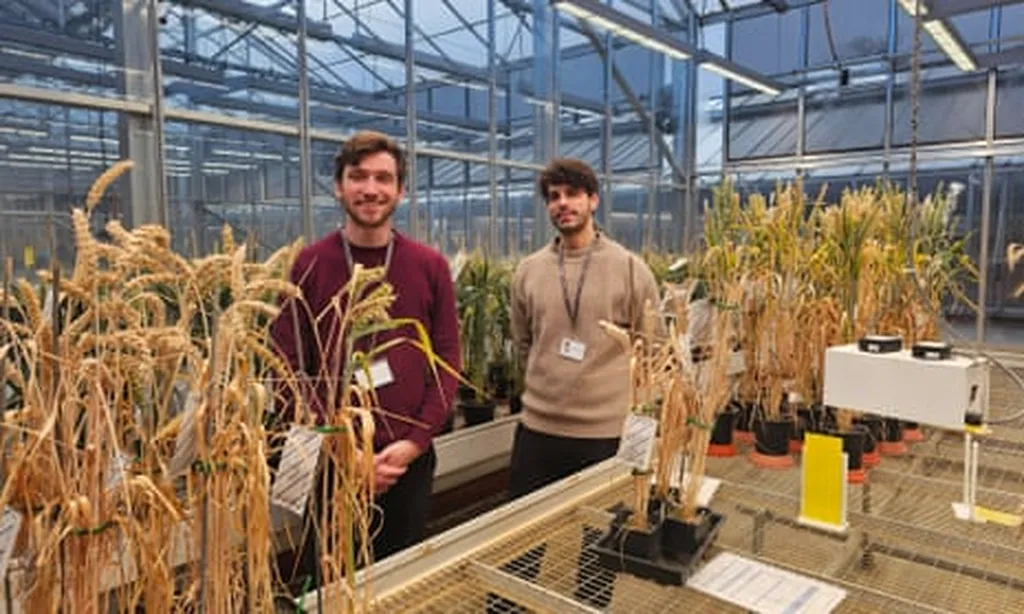In a significant stride towards sustainable construction, researchers have unveiled an innovative method to bolster the strength and durability of recycled aggregate concrete (RAC), potentially revolutionizing the building materials industry and offering substantial benefits to the energy sector. The study, led by Ahmed A. Alawi Al-Naghi from the Civil Engineering Department at the University of Ha’il, combines two promising techniques: coating recycled concrete aggregates with a silica fume-fly ash (S-FA) slurry and supplementing the mix with rice husk ash.
The research, published in the journal *Scientific Reports* (known in English as *Nature Scientific Reports*), addresses a critical challenge in the construction industry: the effective reuse of concrete waste. “The building industry is under increasing pressure to reduce its ecological footprint,” Al-Naghi explains. “Our study demonstrates a major improvement in the reuse of concrete waste for structural applications, overcoming the constraints recognized by the mechanical characteristics of recycled concrete aggregates (RCA).”
The study’s experimental program evaluated key parameters such as compressive and tensile strength, water absorption, and acid resistance. The results are promising: incorporating 100% treated RCA aggregates improved compressive strength by 23% compared to the control mix of non-treated RCA aggregates. Moreover, the treated RCA demonstrated a 7% increase in acid resistance strength, and ultrasonic pulse velocity (UPV) readings—a non-destructive test method—revealed a 19% improvement in performance.
These findings could have substantial commercial impacts, particularly in the energy sector, where sustainable and durable construction materials are in high demand. “The enhanced mechanical and durability properties of our treated RCA could lead to more resilient and eco-friendly infrastructure,” Al-Naghi notes. This could translate into longer-lasting buildings and structures, reducing maintenance costs and the need for frequent replacements.
The study’s innovative approach could shape future developments in the field by encouraging further research into the combined use of supplementary cementitious materials and slurry coatings to enhance the properties of recycled aggregates. As the construction industry continues to seek sustainable solutions, this research offers a compelling example of how waste materials can be transformed into high-performance building materials, contributing to a circular economy.
In the broader context, this research underscores the potential of interdisciplinary collaboration, combining materials science, civil engineering, and environmental sustainability. As Al-Naghi and his team continue to explore the implications of their findings, the construction industry watches closely, eager to adopt these innovations and drive the sector towards a more sustainable future.

